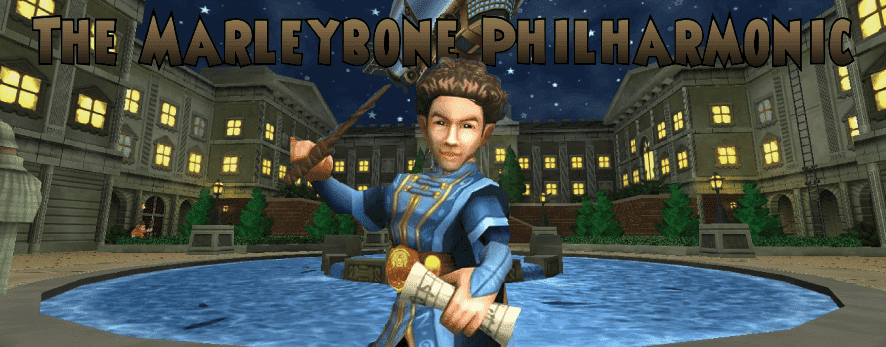Tag: music theory
-
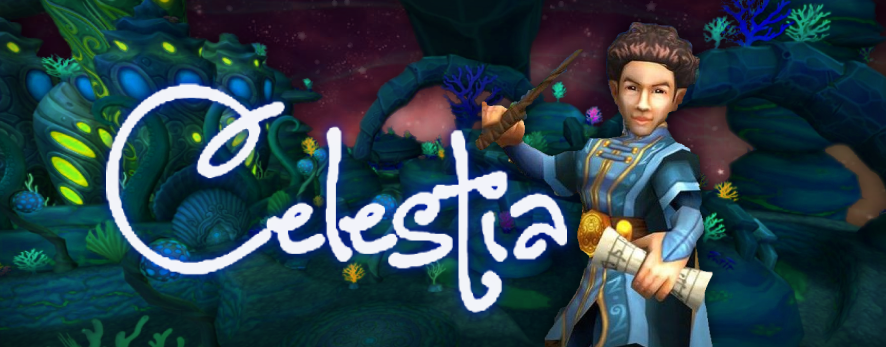
The Celestian Orchestra
•
Celestia, world of the shining stars, the reflecting moon, the powerful sun -and crabs- we invite you to the recently discovered in-tact ruins of the Celestian Opera House. Archaeologists have inspected the theatre to be in safe enough condition for public entry. Our finest Marleybonian musicians have decided to hold…
-
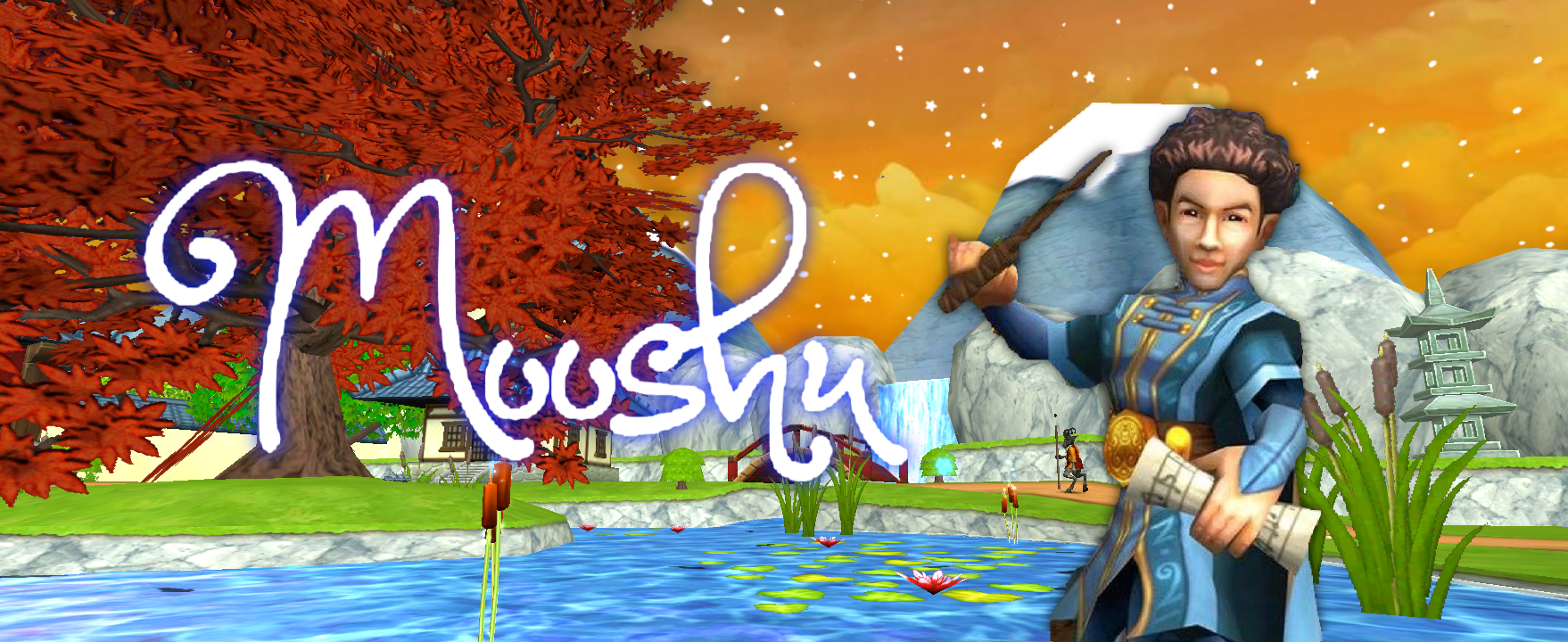
The Music of Mooshu
•
As the emperor falls ill, the factions of Mooshu wage war against each other and there is no way of knowing how it will all play out. Mooshu’s people are hesitant to trust us wizards because of Malistaire who stole their spiral key in an attempt to resurrect his beloved Sylvia. Let us delve into the…
-
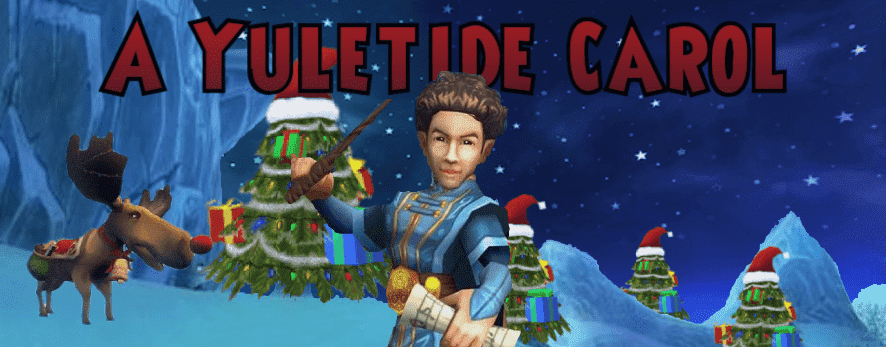
A Yuletide Carol
•
Intended for Musician and Non-Musician Alike It’s beginning to look a lot like Christmas, everywhere in the spiral. We sit by the glowing embers, drinking our hot chocolate, cuddling with our fuzzy kitten, when ho! – there’s Christmas music in the Bazaar! You run by the great tree near The…
-

The Wysterian Honour Band
•
Intended for Musician and Non-Musician Alike Welcome to the fourth annual Spiral Cup music competition, created to honor the success of our competitors in the Spiral Cup PvP competition. In the heart of Wysteria, Pigswick Academy thrives with the best school band of the Spiral, winning every single competition. Despite being the only competitor,…
-
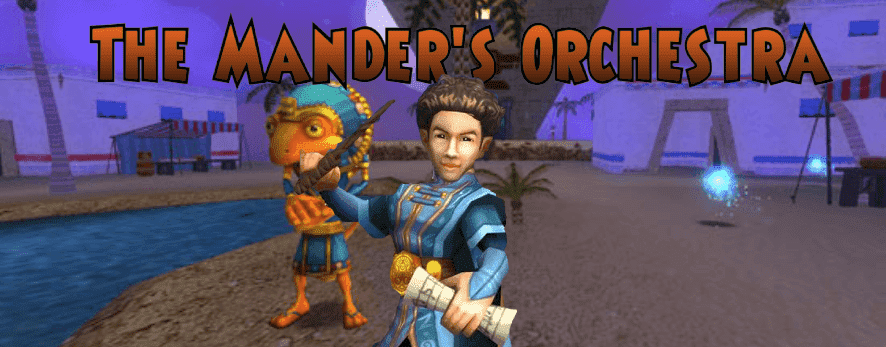
The Manders Orchestra
•
For Musician and Non-Musician Alike Sultry, dry, and desolate, we find a great civilization that has emerged from the Oasis. Built by the Manders, composed by Nelson Everhart, and enslaved by the Kroks, a great society emerged from these sands only to wither away and be found by our Marleybonian friends. There is…
